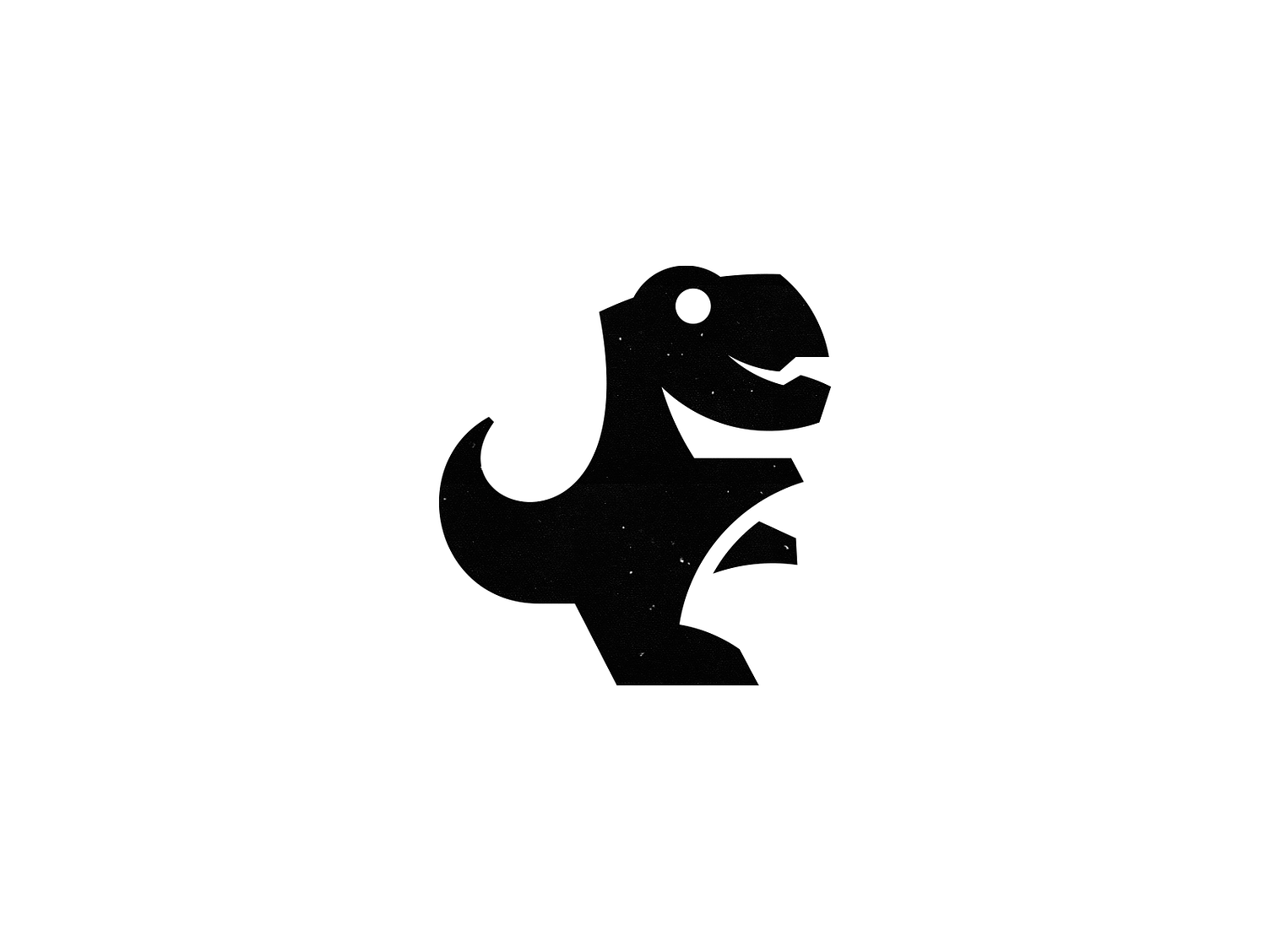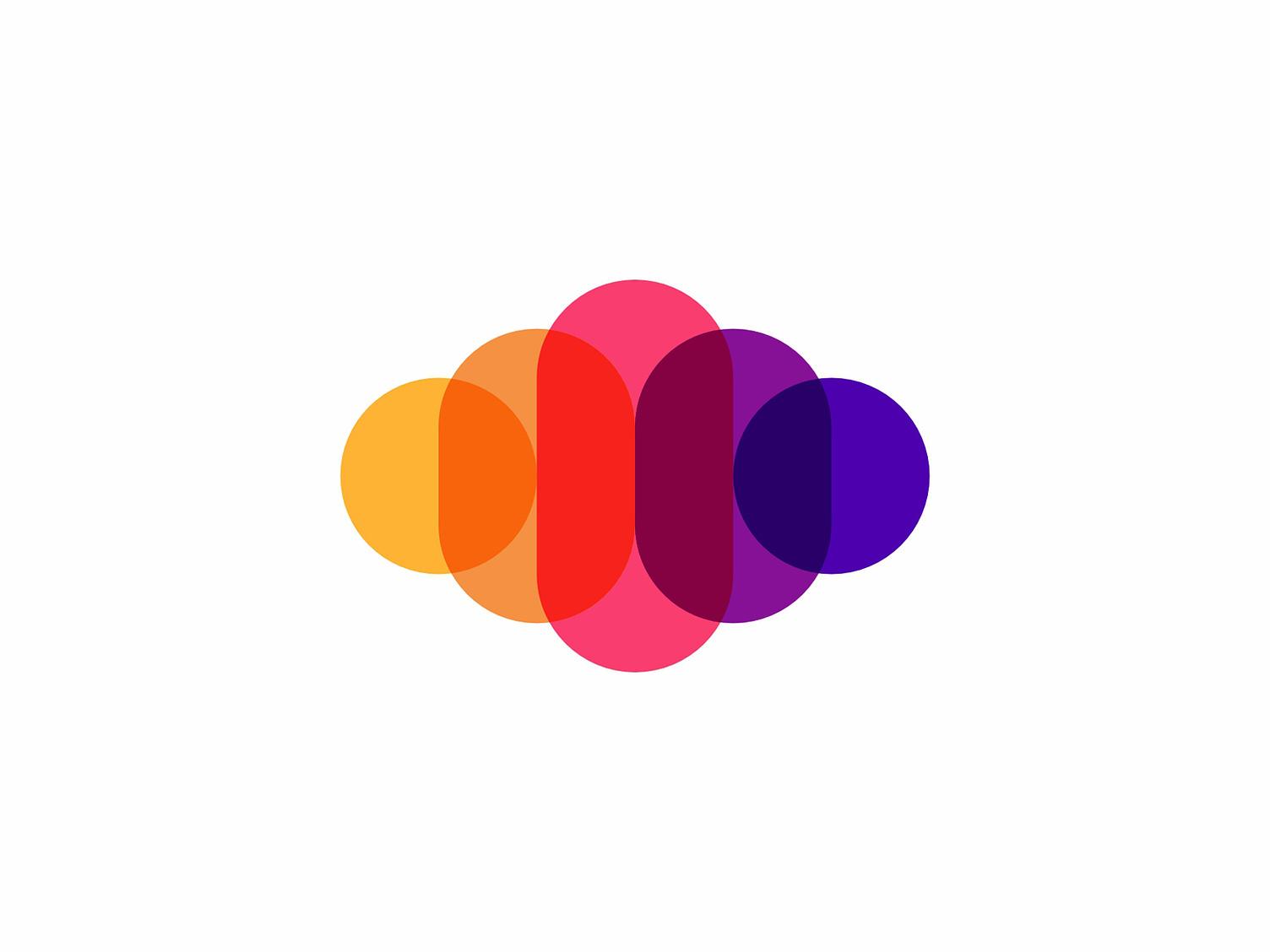A logo is more than just a symbol—it’s the visual heartbeat of your brand. Whether you’re starting a new business or rebranding an existing one, creating a logo is a critical step in establishing your identity. However, even the best intentions can lead to design pitfalls that hurt your brand more than they help. In this article, we’ll guide you through seven common mistakes to avoid when designing your logo so your brand can shine.
This article was prepared by the experts at https://turbologo.com/, a leading service for quick and professional logo creation. With years of experience, we’ve seen what works—and what doesn’t—so let’s dive in.
1. Overcomplicating Your Logo
In the world of design, less is often more. One of the biggest mistakes businesses make is trying to cram too many elements into a single logo. Intricate patterns, multiple icons, and excessive details can overwhelm viewers and make your logo hard to remember.
A clean and simple design is not only more visually appealing but also more versatile. Think of iconic logos like Apple or Nike—their simplicity makes them unforgettable. Focus on clarity and avoid overloading your design with unnecessary elements.
2. Ignoring the Meaning Behind Your Design

A great logo isn’t just visually attractive; it tells a story. One of the most overlooked aspects of logo design is its symbolic meaning. Your logo should reflect your brand’s values, mission, and personality.
For example, if your business is eco-friendly, incorporating elements like leaves or earth tones can reinforce your commitment to sustainability. Every color, shape, and line in your logo should serve a purpose and align with your brand’s message. Don’t treat your logo as a decorative piece—it’s a strategic tool.
3. Choosing the Wrong Colors
Color isn’t just about aesthetics—it’s a powerful psychological tool that shapes perception. A common mistake in logo design is using colors without understanding their emotional and cultural implications.
For instance:
- Red conveys energy, passion, or urgency but might feel aggressive if overused.
- Blue represents trust and stability but could seem too corporate for a playful brand.
Choose colors that resonate with your target audience and industry. And remember, your logo should look just as strong in black and white as it does in color, ensuring versatility across different media.
4. Using Fonts That Don’t Fit

Typography can make or break your logo. Many brands fall into the trap of using trendy fonts that don’t match their identity. Others rely on overused fonts like Comic Sans or Papyrus, which can make your brand appear unprofessional.
Choose a font that complements your logo’s design and communicates your brand’s tone. For example:
- A luxury brand might use elegant serif fonts.
- A tech startup might go for clean, modern sans-serif styles.
Custom or modified fonts can also add uniqueness, but make sure they’re legible and versatile for different sizes and formats.
5. Copying Instead of Creating
Imitation might be the sincerest form of flattery, but it’s a disaster for logo design. Copying elements from competitors or famous brands not only risks legal trouble but also dilutes your brand’s originality.
Your logo should be distinctly yours. A unique design helps you stand out in a crowded marketplace and builds trust with your audience. Inspiration is fine, but always aim to create something that’s fresh and reflective of your brand’s identity.
6. Neglecting Scalability

Your logo will appear in various sizes and formats—from a tiny social media icon to a massive billboard. One of the most common mistakes is designing a logo that looks great in one context but falls apart in another.
For example:
- Thin lines might disappear when scaled down.
- Overly complex details might blur in smaller sizes.
A great logo is versatile and scalable. Test your design across different applications to ensure it remains clear, recognizable, and impactful in every context.
7. Forgetting About Your Audience
At the end of the day, your logo isn’t just about you—it’s about your audience. A common misstep is designing a logo based solely on personal preferences rather than considering what appeals to your target market.
Take the time to understand your audience’s tastes, values, and expectations. Your logo should speak their language and evoke the right emotions. For example, a playful and colorful logo might work for a children’s toy brand but fail for a corporate law firm.
Final Thoughts
Your logo is a critical investment in your brand’s future. Avoiding these common mistakes will save you time, money, and headaches while ensuring that your logo stands out for all the right reasons.
If you’re feeling overwhelmed, you don’t have to navigate the process alone. At Turbologo, we specialize in helping businesses create professional, memorable logos that perfectly represent their brands. Ready to design yours? Start today and take your brand to the next level!

0 comments